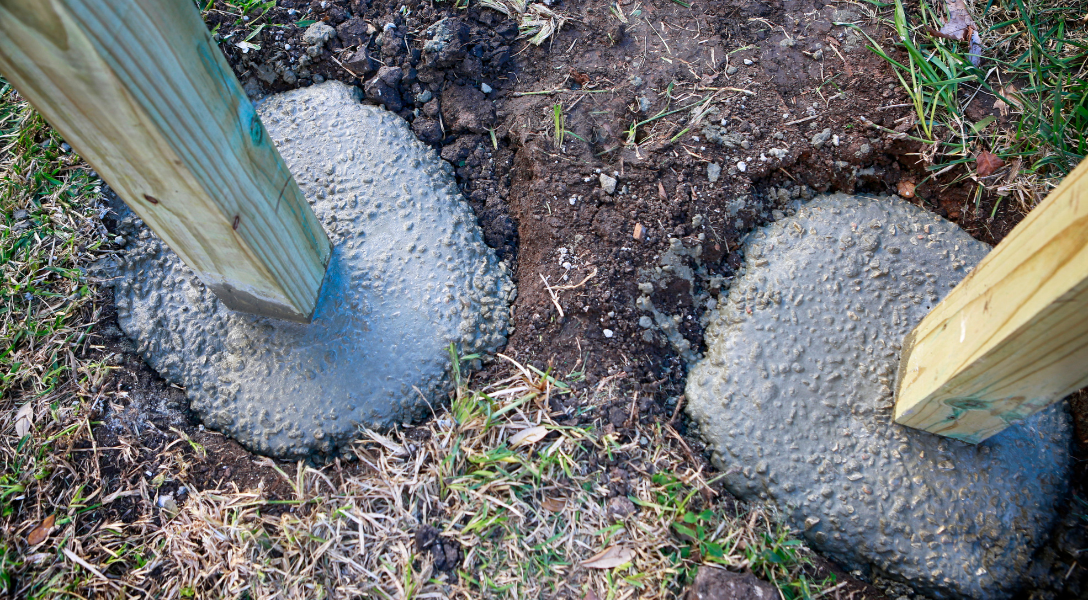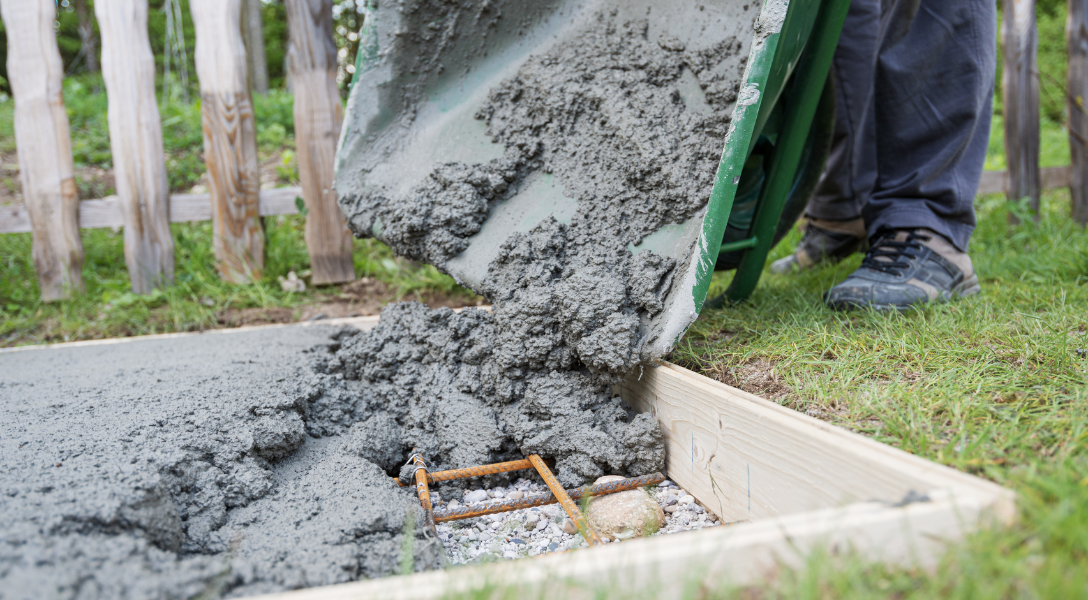Deck Footings Demystified: Your Plan for a Safe, Lasting Outdoor Sanctuary
Professional Tips for Setting Up Deck Footings to Support Your Outdoor Area
When it comes to developing a deck, one of the most crucial aspects to take into consideration is the installment of proper footings. These grounds are the foundation upon which your outside room will certainly relax, offering security and support for years to come. What precisely does it take to mount deck footings appropriately?
Significance of Appropriate Deck Footings
Appropriate deck footings are crucial for ensuring the stability and long life of your outside space. Without solid and appropriately set up grounds, your deck may become unpredictable, leading to safety dangers and pricey fixings.

Along with security, appropriate deck grounds likewise add to the durability of your exterior space (Deck Footings). Grounds that are made and constructed to endure the aspects and soil conditions in your location will certainly help protect against the deck from shifting or settling with time. By making certain the grounds are appropriately sized and set up, you can reduce the risk of damages to the deck structure, prolonging its life expectancy and lowering the requirement for pricey repair work or replacements

Choosing the Right Kind Of Grounds
When selecting the ideal kind of footings for your deck, it is essential to take into consideration factors such as dirt conditions, neighborhood building ordinance, and the general design of your exterior space. The sort of footing you choose will certainly play an important role in guaranteeing the stability and durability of your deck.
One common sort of ground is the concrete ground. Concrete grounds are suitable for a lot of soil conditions and provide outstanding assistance for decks. They are commonly set up below the frost line to stop moving and working out because of cold and thawing cycles. One more alternative is helical piers, which are perfect for areas with unpredictable dirt or high water tables. These piers are screwed into the ground and provide solid support for the deck.
In some situations, you may require to make use of customized footings, such as heap footings or deep foundations, if you are developing a huge or multi-level deck. These grounds are created to disperse the weight of the deck over a larger area, making sure security and preventing sinking or working out.
Before picking a sort of footing, it is vital to speak with local building regulations and guidelines to make certain compliance. Additionally, think about the layout and meant use your outdoor area. Variables such as the dimension, form, and load-bearing requirements of your deck will certainly affect the kind of footing that is most ideal.
Preparing the Ground for Footing Installation
To properly prepare the ground for footing setup, it is essential to analyze the dirt problems and take needed steps to ensure stability and toughness of the deck. The initial step is to excavate the location where the footings will certainly be installed. The deepness of the excavation will certainly rely on the frost line in your region and the particular demands of the deck style. It is vital to get rid of any plant life, rocks, or debris from the excavation to guarantee a solid structure.
Once the area has actually been excavated, the following action is to compact the dirt. This can be done utilizing a plate compactor or by utilizing a hand tamper. Condensing the dirt helps to remove any kind of spaces or air pockets, which can lead to settling and instability gradually.
After compacting the dirt, find out here it is vital to lay a layer of gravel or crushed rock at the end of the excavation. This will certainly provide drainage and assistance to avoid water from merging around the grounds, which can cause disintegration and instability.
Step-by-Step Guide to Setting Up Deck Footings
After appropriately preparing the ground for footing installation, the next action is to begin the process of mounting deck footings. This step-by-step guide will certainly provide you with a clear understanding of just how to mount deck footings for your outdoor room.
Figure out the area: Beginning by noting the positions of the deck footings utilizing risks and string. Make sure that the locations straighten with the design and layout of your deck.
Dig the holes: Utilize a message hole digger or an auger to dig the openings for the footings. The depth and diameter of the openings need to remain in conformity with neighborhood building ordinance and the certain requirements of your deck style.
Degree the holes: Make use of a level to make certain that the holes are dug to the proper depth and are level with each various other. (Deck Footings)
Include gravel: Location a layer of gravel at the end of each hole to enhance drain and stop the timber from decaying.
Place the footings: Place the footings into the holes, ensuring they are degree and plumb. Make use of a level and a measuring tape to ensure accuracy.
Secure the footings: Pour concrete right into the openings around the grounds, loading them to the top. Make use of a post level to guarantee the footings continue to be degree as the concrete sets.
Enable time for curing: Let the concrete remedy according to the supplier's directions before waging the deck building.
Usual Blunders to Avoid During Footing Installment
One vital element to think about during the installment of deck footings is preventing typical mistakes that can jeopardize the stability and durability of your exterior room. While deck grounds may appear like a simple and straightforward component of the construction process, overlooking certain aspects can cause expensive repair services and potential safety and security risks blog here down the line.

Additionally, disregarding to mount appropriate drainage steps can trigger water to gather around the footings, leading to rot, degeneration, and the ultimate weakening of the deck's foundation. Additionally, using the incorrect sort of footing product or falling short to sufficiently safeguard the footings can jeopardize their structural honesty.
To prevent these mistakes, it is essential to speak with an expert or adhere to market guidelines to ensure proper ground setup. By doing so, you can guarantee the stability and longevity of your outdoor room, giving a safe and enjoyable atmosphere for several years to find.
Conclusion
Finally, installing correct deck footings is vital for the stability and longevity of your exterior area. By selecting the best sort of footings and adequately preparing the ground, you can make sure a solid foundation for your deck. Adhering to a detailed guide and preventing typical mistakes throughout footing installation will even more boost the resilience and safety and security of your deck.
Appropriate deck grounds are necessary for making sure the stability and durability of your outside area. The grounds offer as a link in between the ground and the deck, enabling the weight of the deck and its owners to be dispersed evenly right into the soil.One usual type of footing is the concrete ground. Insert the grounds: Place the footings into the holes, making sure they are level and plumb. Protect the grounds: Put concrete right into view publisher site the holes around the footings, loading them to the top.